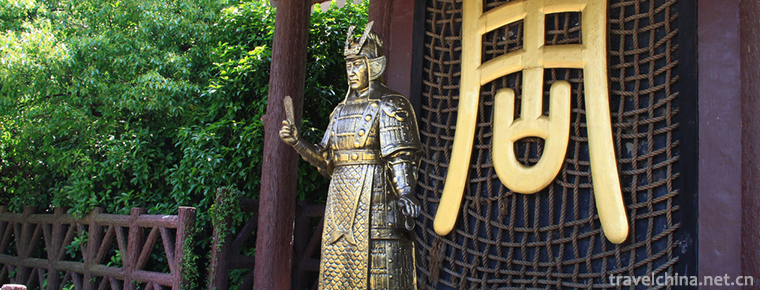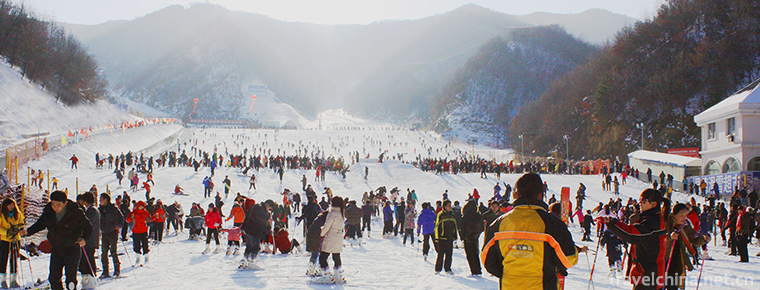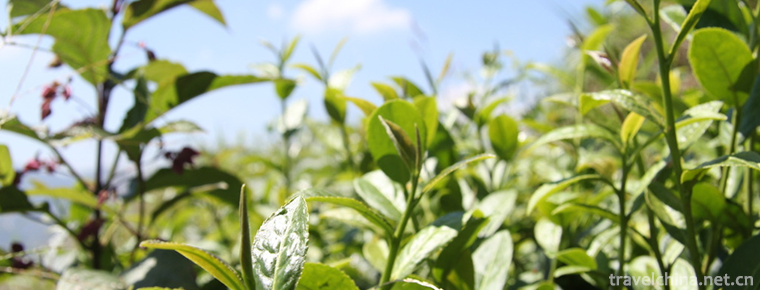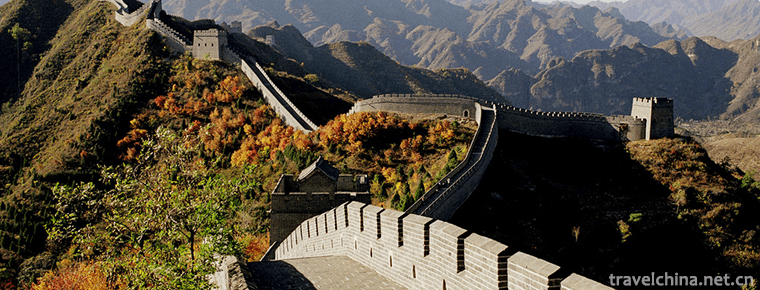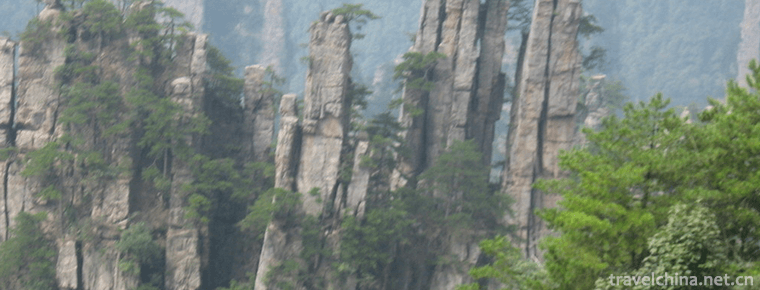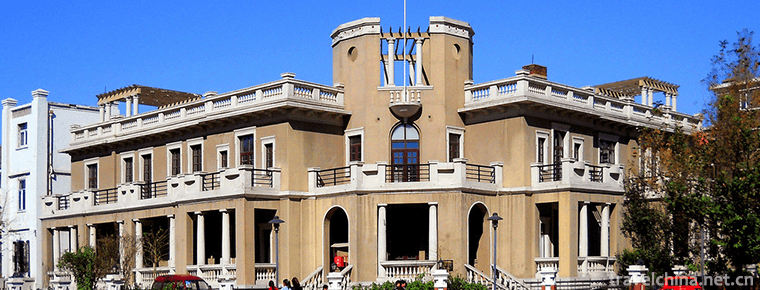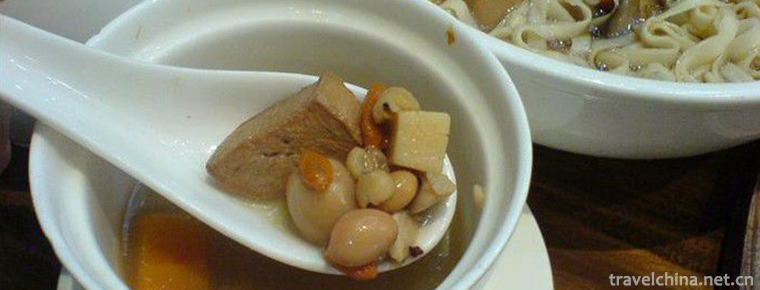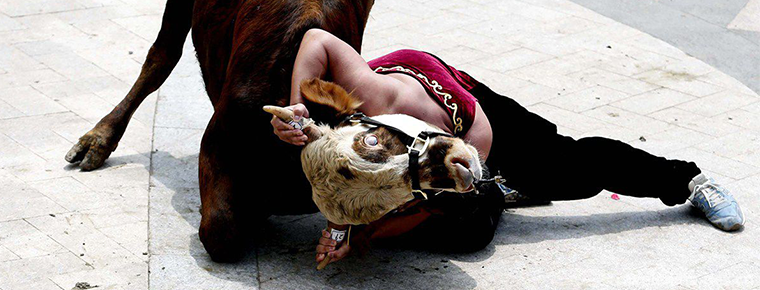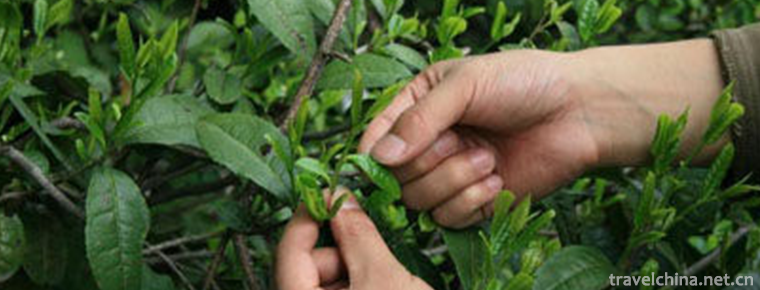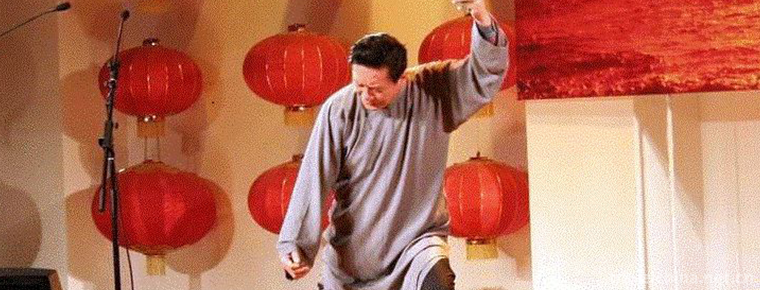Shicheng mountain
Shicheng mountain
It is located in Shicheng mountain, Hengjiang Town, Xuzhou District, Sichuan Province. The total area is 5500 mu, including 4100 mu of forest. Shicheng mountain inclines from southwest to northeast. It has a good momentum, 840-1115.9 meters above sea level. It has a mild climate and four distinct seasons. The temperature in the mountain is lower than 6C ~ 7C at the foot of the mountain, so it is an ideal summer resort.
brief introduction
Shicheng mountain is located in Hengjiang Town, Xuzhou District, Yibin City. It is 51 kilometers away from Yibin City and 44 kilometers away from the county seat of Yibin County. The total area of Shicheng mountain is 5500 mu, including 4100 mu of forest area. Shicheng mountain inclines from southwest to northeast, and the landform is shallow hills, with elevation of 840-1115.9 meters. The annual average temperature of Shicheng mountain is 12.7 ℃ - 14 ℃, and the highest monthly average temperature is 23.1 ℃ - 25.8 ℃, The lowest monthly average temperature is 1.2 ℃ - 2.5 ℃. There are 327 species of plants belonging to 87 families in Shicheng mountain; there are more than 20 species of wild animals in Shicheng mountain; Shicheng mountain has a special geographical location which is easy to defend and hard to attack, which has been a must for strategists since ancient times; Shicheng mountain has shidakaizhaimen, guzhandao, diecuihu, Sangushui waterfall, Xiannv lake, shuilian cave, Guanyinge, Dishui cave, Wansong temple, Guanjia cave, Yusi temple, Erlong grabbing treasure, Qushui Liujiu Stalagmite, virgin forest, wild monkey community and other landscapes.
Geology and geomorphology
Shicheng mountain area is located in the transition zone of Yunnan Guizhou Plateau around the basin of southern Sichuan. The mountain is inclined from southwest to northeast. The landform is in the shape of shallow hills, with the elevation of 840-1115.9 meters.
Climatic characteristics
Shicheng mountain belongs to subtropical humid monsoon climate, with annual average temperature of 12.7 ℃ - 14 ℃, maximum monthly average temperature of 23.1 ℃ - 25.8 ℃ and minimum monthly average temperature of 1.2 ℃ - 2.5 ℃.
Special products
Rare tree species in Shicheng mountain include: frame barrel, camphor, red bean, Castanea henryi, etc;
The scattered tree species in Shicheng mountain include Phoebe nanmu, Zhenyu, mashuo, Schima superba, Tanmu, etc;
Shicheng mountain shrubs: Camellia oleifera, Rhododendron, Litsea, etc;
There are more than 10 kinds of bamboos in Shicheng, such as bamboos, water bamboos, bitter bamboos, thrush bamboos, and Neosinocalamus affinis;
The herbaceous plants in Shicheng mountain are: Fengwei forehead, trigeminal Tibetan, Crotalaria, orchid, Gastrodia elata, honeysuckle, bupleurum, Ophiopogon japonicus, etc;
The wild animals in Shicheng mountain include: monkey, goat, hedgehog, squirrel, Caragana, bamboo chicken, turtledove, thrush, magpie, yellow heron, etc.
Human history
When Zhang Xianzhong led his army to Sichuan, he surrounded Shicheng mountain with Feng Shuangli. At night, he used "fire sheep array" to attack the gate of the village, killing more than 20000 officers and soldiers of the Ming Dynasty. According to the records of Yibin County · mountains and rivers written by Jiaqing of the Qing Dynasty, "Shicheng mountain, which governs a hundred Li to the west, is high and precipitous, surrounded by a city, that is, the ancient Shimen road. The bandit gang Feng Shuangli attacked the mountain, killing about ten thousand people, and the blood was flowing soundly. " "In June of Jiashen year, the thief took Feng Shuangli to cross the Baishu river. On the 30th day of the twelfth lunar month, he broke the Shicheng mountain and killed more than two residents."
On November 26, 1862, the first year of Tongzhi reign of the Qing Dynasty, Shi Dakai, the wing king of the Taiping Heavenly Kingdom, led 100000 troops to occupy the area of Hengjiang town and Shuanglong town. He wanted to cross the river to conquer Yibin and directly pointed to Chengdu to control the situation. With its intention, the Qing army sent a large army to obstruct Hengjiang town. Shidakai retreated to Shicheng mountain, built a 3000 meter plank road between the cliffs, and guarded by four villages in the East, West, North and south. The two armies fought in February and there were casualties. At that time, the Taiping army generals Guo Jiyi and Feng Bainian secretly submitted a letter to Qing General Liu yuezhao to surrender and set fire to the village. In addition, the Qing general Huzhong broke into the road and was forced to retreat to the foot of the mountain. On January 31, 1863, Shi Dakai led the remnant to break through the encirclement, crossed the Hengjiang river through yanzipo and retreated into Yunnan. In the first battle of shichengshan, the Taiping army lost more than 40000 soldiers.
In 1910, Li Fuxi, Zhao Duan, Li Longyan and other comrades formed the Guanhe army and raised the banner of righteousness in Shicheng mountain. After being surrounded by the Qing army, hundreds of martyrs died in yaogutuo.
In September 1930, at the request of Xiao Xizhen, leader of Guanhe Baoshang, Liu Wencai's troops surrounded and exterminated the "big sword club" led by Liu Mingji in Shicheng mountain. Soldiers set fire to the mountain, and the "big sword club" suffered heavy damage. The magnificent "Wansong Temple" turned into ashes at that time.
In February 1935, he was ordered to stay in Hengjiang to prevent the Red Army from passing through pan Wenhua's headquarters in Yibin during the long march to build fortifications and blockhouses in Shicheng mountain. For a while, the atmosphere was tense. Unexpectedly, the Red Army crossed Chishui in four directions and went northward by a detour.
In 1950, Zheng Jingwei (Fulong, graduated from the sixth phase of Huangpu, former director of a Political Department of the 39th army of the Kuomintang and joined the army of Chuankang appeasement Office), Chen Yunpeng (former battalion commander of a battalion of the 72nd army of the Kuomintang), and Jiang Shuqing (leader of Fengyi bandits) established the "Southwest anti Communist and national salvation command". Four PLA comrades, including company commander Li Keyun, once captured the new Hengjiang people's government. Zheng Jingwei called on all parts of southern Sichuan and declared that "he vowed to let Yinan become Taiwan and make Hengjiang River Xichang.". The 131 regiment of the people's Liberation Army quickly advanced to Hengjiang, and the first detachment of the "anti Communist and national salvation army" retreated into shichengshan to resist. On June 10, the 1st Battalion of regiment 131 was divided into two routes: one was to carry out a strong attack from the front to break the enemy's fortifications; the other was to climb up from the rock gap to occupy the commanding height and launch an attack from top to bottom. The bandits were caught off guard and ran away in a hurry. Soon, the remnants of each unit were successively surrounded and annihilated by the PLA. After the second liberation of Hengjiang, Zheng Jingwei's dream of "establishing a base suitable for the South behind the enemy's rear" was completely shattered.

Shicheng mountain
-
Xiangsha Bay Scenic Spot in Dalat Banner Ordos
Xiangsha Bay was opened as a tourist attraction in January 1984, listed as a national line scenic spot by the National Tourism Administration in 1991
Views: 266 Time 2018-11-29 -
Wuxi film and television base
The Wuxi Film and Television Base of CCTV was originally built by CCTV to shoot "Tang Ming Huang", "Romance of the Three Kingdoms" and "Water Margin"
Views: 220 Time 2018-12-06 -
Funiu Mountain Skiing Resort
Located on the north slope of the old boundary ridge of Funiu Mountain in Luanchuan County, Luoyang Funiu Mountain Skiing Resort has the highest elevation of 2200 meters and an elevation of 1700 meter
Views: 169 Time 2018-12-22 -
Anxi Tea Grand View Garden
Anxi Tea Grand View Garden in Quanzhou, Fujian Province is located in Fengguan Mountain on the north side of Fengcheng City. It covers an area of 11 mu
Views: 147 Time 2019-01-02 -
Huang Yaguan the Great Wall
The Great Wall of Huangyaguan lies in the mountains 28 kilometers north of Jizhou District. Historically, there were 18 garrison piers and abutments in Jizhou City. Huangyaguan Pass
Views: 74 Time 2019-01-19 -
Mingshan Scenic Area
Famous Mountain Scenic Area is located on the beautiful bank of Heilongjiang Province, across the river from the Russian Jewish Autonomous Prefecture
Views: 231 Time 2019-02-07 -
Tianjin Italian Style Area
Tianjin Italian Style Area is located in Hebei District of Tianjin City. It is a quadrangular area surrounded by Wujing Road, Boai Road, Shengli Road and Jianguo Road in Hebei District. There are near
Views: 164 Time 2019-02-21 -
Babu Zhai soup
Babaozhai soup is a traditional dish of Guangdong Province, which belongs to Cantonese cuisine. The soup tastes elegant and light, fresh and tasty, nutritious and has strong nourishing function.
Views: 296 Time 2019-03-27 -
Bullfight
Bull-wrestling is a traditional competitive sport of the Hui people. It means throwing, wrestling and throwing. It can also be called bullfighting of the Hui people.
Views: 120 Time 2019-05-01 -
Green Tea Production Techniques
Green tea production technology is a national intangible cultural heritage. Luan Guapian is a special kind of green tea. Cucumber seed-like flake-shaped tea is made from local endemic varieties by wre
Views: 313 Time 2019-05-15 -
Shandong Express Book
Shandong Quick Book, originating from Shandong Province's local traditional folk art form, has a history of more than 100 years. It was first popular in Shandong, North China and Northeast China, and
Views: 181 Time 2019-06-13 -
Rongxian Giant Buddha
Located in the eastern suburb of Rongxian County, Sichuan Province, the Giant Buddha of Rongxian county is carved in the Tang Dynasty. It is a cliff carved statue of Sakyamuni, 36.67 meters high, 8.76 meters long, 12.67 meters wide, 12 meters high and 3.5 meters wide. It is the world's largest Sakyamuni Buddha (Modern Buddha).
Views: 339 Time 2020-10-15

